Bridges...A quick update this week…
Bridging chapters – it’s a term I use for chapters that connect one set of important events to the next. For example, a character may have been captured and imprisoned in a chapter on the way to completing an important mission. In order to connect the imprisonment with a return to the mission, a bridging chapter – the escape – is necessary. This past week has been devoted to completing a bridging chapter in Jaysin’s Song. In trying to reach his brother, Chasse, who it seems has been captured by the Kermakkians, Jaysin is also caught and sold into slavery. In order to find his brother, first he has to escape. Bridging chapters often introduce new minor characters who provide ‘help’ to the main character. These characters can have once-off appearances in the story, or may later reappear because of the relationship they briefly establish with the main character. Bridging chapters also provide opportunities to have the central character reflect on why he/she is doing what he/she is doing. The trap with bridging chapters is they can become mundane if they keep the reader too far from the main plot or the main character is too ‘trapped’ in their situation. This particular chapter presented several challenges. The first was how to enable Jaysin to free his hands in order to escape. The second was how to enable Jaysin to escape a town overrun by the enemy. The third was how to deal with certain injuries Jaysin receives in trying to escape. Creating the moments in such a way as to allow logic to be present is always satisfying when they come together believably (within a fantasy context at least). I think I’ve managed that. Completing this bridging chapter brings the project to 45,000 words, and moves events back onto the main plotline. On a different note, this week provided two inspiring moments for me. One was finding four of my novels sitting at the front of a second-hand book shop – nice promotion. The second were two emails; a complimentary one from a country student who has just finished reading Caught in the Headlights – the second from a reader of the Amber Quatrology who wanted to share how much she enjoyed the series. In recent years, I’ve seen myself as a ‘forgotten writer’ because it’s been so long since I published in mainstream, so the occasional fan mail reminds me that what I’ve written has entertained or touched people. That is the nicest feeling. It’s been a good week.
17 Comments
Pinch-hitting writing...Slow. When my daytime job becomes intense, writing steps back. Jaysin’s Song has only grown by 5,000 words in a fortnight, and only by pinch-hitting paragraphs at a time.
I’ve been asked over the years how I manage to sustain writing against the background of everything else, especially in the early 2000s when I was teaching and working part-time for the IBO, undertaking a PhD, coaching and playing volleyball and completing projects for HarperCollins. Long nights, very little sleep, and not many of the simple pleasures people do to fill their leisure time. It was ultimately unsustainable. I dropped the PhD when HarperCollins offered the Amber Legacy contract, and eventually dropped the IBO work. Nevertheless, anyone who has worked in education knows education roles in themselves, done well, are 60+ hours a week employment commitment and mentally exhausting, so sustaining writing in that environment is challenging enough. How do I manage it? First, I do plan a novel’s structure and story arc. In the early years, learning the craft, I would meticulously plan the sequence of chapters from start to finish so that I had a journey map to follow. This meant that whenever other matters intruded or required more time, I could step out of writing and step back in knowing where I was at in a project. In recent times, I map with less detail, but I do retain an overview of key moments to make the story work – a rough plot guide basically. For example, in the current project, although I haven’t reached these points yet, I know Jaysin does have to be challenged in prison, he does have to reach the Empress, he does have to establish his own identity, he does have to make a choice between family or the Empire and power etc etc (without giving away too much here). I also know, as written in previous blogs, that I have to manage this within thirty chapters or around 100,000 words. Second, if I am writing and I need to break for sleep, work, functions and events, travel, visitors and so on, I stop the writing either at the start, or in the middle, of a significant story event. This might be a confrontation, a fight or battle (action of any kind), a conversation, and sometimes a chapter opening. The reasoning is simple. For me, it’s much easier to slip back into the mood and intent of a piece if it has an established dynamic. There is also less for me to re-read to re-ignite the writing moment. Instead of trawling back through perhaps an entire chapter to remember what I was doing, or wading through notes, I can get straight into writing and the bonus is the interrupted scene is completed and I get some immediate personal satisfaction. Third, reflection. Just as many people have worries and concerns and hopes and challenges swirling in their heads during every day – as I do – I also have writing doing the same in my head. It’s like having a music track playing in the background as you do something else. My music background is writing. It churns away, formulating, considering possibilities, even as I go about daily work and other activities. The only time it intrudes without invitation is if I walk into a bookshop. Then it explodes and all I want to do is get home and get on with my projects. Basically, I rarely stop thinking about the project I’m working on. Fourth – and the hardest – is being ruthless with everyone else about writing moments. For example, as I’m writing this blog, my partner, her mum and a neighbour are sitting in the garden, in the sun, drinking coffee, eating cake, laughing and enjoying the moment. And I’m here, writing. I have to discipline myself to be at the keyboard, and – as weird or wrong as it might sound – I have to discipline those around me to let me do this. Writing does mean choosing when to write and when to play, because it is much easier to have the coffee, read the book, watch the tv show, go for a drive and so on. Weekends, I demand an equivalent of a day to write. If we socialise throughout Saturday, then Sunday for me is for writing. If we split socialisation across both days, then the morning of one and maybe the afternoon of the other is for writing. During the week, the evenings are divided accordingly. Life is full of changes and inconstancies, and so I can’t have inflexible writing times (as much as I would like to), but I do have to be demanding about having writing time some time in the week. Way back in 1993, I took three months off work and wrote The Last Wizard. The same length sequel last year in Chasse’s Song took most of seven months to complete the first draft. This year, Jaysin’s Song, has taken three months to reach a third of its planned length, so the process has slowed significantly because of interrupted time. Hopefully, the strategies I’ve employed over the years will enable me to have this draft done by October in readiness to begin the fourth book. Blog done. I have writing to do! Make a saving throw...Sometimes tech just doesn’t play nice – or more accurately, I wasn’t vigilant. Part of the last two weeks has been devoted to expanding the Kermakkian culture that Jaysin is entering on his quest to find his brother Chasse. This involves:
The above takes time and recording, which is where last week’s disaster comes in. The document I developed didn’t save, did it? Correction – I didn’t save the document. Rookie error. I get to start some of that work again. At least I can now improve on the original concepts. I’ve been asked what I do to keep work safe during the writing process, especially as I create novels entirely on a digital device (ever since 1989!!). So, I write on a document stored on a cloud service that is saving constantly (except last week’s effort where I worked locally – doh!) At the close of every writing session, I also save the work to three backup hard drives – one on my device, one that acts as a time machine automatic backup and one on a separate hard drive. Basically, I need four sources to fail to lose work. I take one hard drive with me when I leave the house, in case the computer is ever stolen. And last week was proof that if you ever get distracted or don’t concentrate you can still lose work.
The current draft has moved close to 35,000 words. Jaysin’s character is being challenged by different events, currently leading to his entrapment and sale into slavery. This week’s aim is to help him escape his predicament. Again, I have several options:
Dilemmas and choices...The central character in the current project, Jaysin, exhausted in his search for his brother, camps in the early pre-dawn hours in a small glade. Certain events and circumstances surround his situation. He found an abandoned wolf pup and is attempting to care for it. Kermakkian soldiers – the enemy – were seen on the road. Because the soldiers are on the move, there is a chance his brother, Chasse, is in serious trouble. Unable to stay awake, Jaysin falls asleep. When he wakes, he sees a figure moving through the trees, and then another, and realises he is surrounded by soldiers. The wolf pup, frightened by the humans, creeps toward Jaysin. A Kermakkian soldier takes crossbow aim on the pup. So, here’s the dilemma – for the writer. How will Jaysin react? What will be the consequences of his reaction? He has arcane ability, but he’s no warrior. What will be the best choice for moving the story forward? Plot-wise, ultimately, I must have Jaysin reach the capital city. Although this incident in the story is long before the endpoint, Jaysin’s identity and reputation among the Kermakkians might be influenced by what happens. I see these options laid out in the situation:
The writing process is a constant interplay of possibilities and myriad outcomes from every moment and action and interaction that is created. I need Jaysin to be ‘true to character’ in the situation above and yet it also presents a moment for character growth – an opportunity for the character self-realisation – and an event where the reader might see something in the character they had not previously been privy to.
This week was a slow writing week, the draft only gaining an additional 3,000 words as it moved into the eighth chapter. As always, finding time to write was a challenge, but the bigger challenge this week was deciding character fate. So many possibilities – so many outcomes…
Pottering along...Jaysin's Song passed the 25,000 word mark this morning, a quarter of the draft novel completed. Word length is an interesting challenge when writing. From the outset, way back in 1990, I was advised a fantasy novel should be around 150,000 words. Why? I honestly don't know. I remember, at the time, being told multiple reasons: traditional practices (whatever that meant), reader expectation, print binding issues. As time proves, none of those reasons are valid. Probably the only validity for why a novel is a certain length is the story being written. Research and industry practice identifies the following divisions when determining the form of a creative prose fiction piece:
For The Last Wizard series, the word length of each novel is determined predominantly by the story being written, and partly for consistency. The original novel, now first in the series, was 98,000 words, so I've set a similar target for the subsequent novels. In unedited draft, for example, Chasse's Song is currently 93,000 words, which gives me space to add and embellish aspects when I do the next edit of the draft. A word length target also provides a level of discipline to the writing process. For this project, the chapter lengths are set loosely at 3,000 words. This compels me to ensure each chapter is focused on a specific aspect of the story eg a day, an event, a key moment, even a sequence of fast-paced events that make a whole event. The discipline enables me to progress the story/plot in 'logical' chunks (the word 'logical' isn't exactly accurate to describe the aggregate parts of the story), and sets me progressive challenges to meet when I write. In the same way, at a macro level, an overall word length creates a project target and challenge to meet, and forces me to focus my thinking of the story as a whole. Given that I work fulltime (and more), and the precious nature of time to write, word targets serve a powerful goal and sustainer in the writing process for me. They can be as arbitrary as challenging myself to write 10,000 words in a week (almost unachievable in my circumstances), 3,000 words at a sitting (ie a chapter or a couple of sittings - a common approach for me), and they allow me to predict a timeframe for completing a draft. In the case of this current project, this past week saw an additional 5,000 words added. At that pace, Jaysin's Song is a 20 week drafting project. The Last Wizard four book project then would represent 80 weeks for draft completion at that pace. Then there is re-reading and editing and editing again. Writing fulltime, as I did for the original novel back in 1993 on leave fom teaching, the 98,000 word project took 10 weeks to draft. Out of curiosity, since starting this blog project, the blog posts from Dec 2018 represent 24,000 words of writing.
Texts to Concepts to Images...Kirsi Salonen has completed two of four book covers for The Last Wizard series project. This post explores a little of the process we undertook together for creating the covers. It’s a lengthy post. Grab a beverage for the read and relax.
For the reboot of the original novel, retitled Tamesan’s Song: The Last Wizard Book One, I imagined an image of Tam from the opening chapters, standing on the mountain overlooking Harbin village, watching the dragonship return. I also wanted to pay homage to the original Otto and Chris colours, along with the references to amber throughout the story (and all of my fantasy novels). I shared this concept image, along with the sections of text from the novel with Kirsi. In return, Kirsi asked a series of key questions around Tam’s posture, hair, clothing style before she sketched an initial image. After the initial sketches, we consolidated clothing style and Tam’s hair. Early on, Kirsi floated the notion of a dragon motif in the clouds. The idea waned in subsequent updates, but we both loved the idea so it re-emerged in the later versions and I think it looks amazing in the final. I intend to publish the series in 9x6 format, so Kirsi has designed the cover art with these dimensions in mind. While Kirsi was developing the cover art for the first book, I was drafting the second; Chasse’s Song: Book Two of the Last Wizard. By the time she completed the final version of the first cover, I was ready to send concepts for the second cover. Because it is Chasse’s point of view, I sent text and ideas for scenes with Chasse as the central figure, but I also included a third scene where Chasse watches his younger brother, Jaysin, engage with a wolf pack and especially the cubs. In discussions, Kirsi and I were both enamoured with the wolf cub scene and she began developing a concept around it. Her research led her to a beautiful painting as an inspiration and she used it and a range of references to build the preliminary sketch. Again, her use of light in the scene is stunning and carries connection between the first cover and this one. We discussed referencing Chasse watching the scene and I suggested we don’t. Kirsi worked details into Jaysin’s face, the forest, the cubs, plants – it would be fair to say this cover became a labour of artistic integrity and beauty. Each preliminary sketch shows how additional detail was steadily worked into the final. Kirsi has documented her process at this YouTube link. In the end, what emerged in the second piece was not the cover for book two but a unique cover for Jaysin’s Song: The Last Wizard Book Three, the draft I am currently developing. Jaysin does re-encounter wolves in the third book and rescues a wolf cub to become his companion, so the scene is very apt. I appreciate the collaborative process Kirsi and I engage in to develop the cover art because as a reader I like books with great covers that mirror imagery within the story. As for the cover to Chasse’s Song, well, we start that one again sometime soon, when we both have time to commit to it.
Update: Jaysin’s Song is now at the 20,000 word mark and going strong. A Moment's Reflection...The decision to resurrect a twenty-five-year-old novel isn’t made lightly. The Last Wizard’s publication in 1995 led to it being short-listed for Best Fantasy Novel in the inaugural Aurealis Awards, eventually being rightly beaten by Garth Nix’s awesome Sabriel. The original was always planned and written as a stand-alone coming-of-age tale, although the end also deliberately set the stage for a sequel. Unfortunately, that coincided with a tsunami of events in the ensuing five years – Pan MacMillan’s decision to cut its experimental stable of Australian fantasy writers, winning a job in Brunei, a divorce, and HarperCollins taking on the rights to the Ashuak Chronicles – all meaning The Last Wizard slipped into history. With one exceptional moment – in 1999, Robert Stephenson snagged Time Warner interest in a movie deal for The Last Wizard, and for six months it appeared the novel was going to grow wings and fly. Sadly, in early 2001, we learned the option was dropped. And I moved on.
Fast forward to the digital book revolution and my rather sad and messy experimentation in 2015-17 with publishing via CreateSpace and then Amazon Kindle. I really was wandering in the wilderness, looking to bring life back to the original Andrakis series and also to publish a couple of teenage novels that I’d allow to languish. The whole publishing process was fun – even the silly errors I made – but neither lucrative nor easy to complete because of the time and money factors. But what did ensue were conversations with readers about any chance of a sequel to The Last Wizard. At first, I did not want to go there. The challenge of picking up characters and a fantasy world long buried in the past was terrifying and I knew there would be a lot of time and work involved in doing so. Besides, I have still way too much to learn about marketing in the digital world, and so little time to manage my work. And what would the sequel be? Tam’s continuing story? That made perfect sense, of course. But she had come of age. Her older brother was struggling with his identity. The younger brother was an offstage enigma. And there was the dragon egg. Which parts of the story should be told next? Whose story? I know it will sound awkward, or foolish, or pandering, but I decided to not pursue Tam as a character, partly because I had written what I wanted to write about her as a model for my daughters at the time the novel was written – a girl finding her own voice and not being driven by social norms to conform to what men, and women, expected. Tam had emerged. Sure, there is plenty more she can and will learn as the saga unfolds, but as a writer I was no longer following her arc. More importantly, I realised that a sequel – and a potential series – could focus one book at a time on the emergence of each character. The earliest iteration of The Last Wizard was titled ‘Tamesan’s Song’ because it was her story, her ballad. As the story unfolded, the working title that went to Pan Macmillan was ‘The Last Dragon’. We knew there’d been a martial arts film in the 1980s with the same name, but figured the associative reading audience wouldn’t be affected by that link, but then the editors decided the title was already too evident in popular culture, so the title was altered to ‘The Last Wizard’: ironic, because that in itself is a well-overused title. Last year, I began toying with sequels, landing on the original title concept as the lever for the series – Tamesan’s Song, Chasse’s Song, Jaysin’s Song, Harmi’s Song. Each book would focus on the ‘coming of age’ of each character, dragon included. The titles are distinctive, original in names at least. So, with Tamesan’s Song: The Last Wizard Book One, and Chasse’s Song: The Last Wizard Book Two fully drafted, and 12,000 words into Jaysin’s Song: The Last Wizard Book Three, the project has grown from a concept into a major work, and I’m confident the wider tale is taking great shape. But…where will it go? My greatest fear is that because the first book was published so long ago in mainstream publishing that I won’t find a publisher willing to take the series on board. I do believe there will be a much greater and fresher audience for the books, because there is a generational change in the target audience and The Last Wizard never made it out of the very tiny Australian publishing arena back in 1995 (publishers were highly parochial about regions back then – that has changed, I believe). I have been out of touch with the writing arena for a decade or more as well, which means I am starting from scratch as far as working out who to send the project to. In the past, I would approach a publisher with the first book, seal the deal and write the rest after that. This time, I’d like to be able to offer the completed project. Ambitious? I don’t know. I still have to do the research to find out who would even want to look at it. There is, of course, self-publication. Personally, I want to find a traditional publisher, but if the work doesn’t attract a publisher I’m learning enough through my experimentation and online guides to make a fist of publishing the project alone. That dilemma is still a year away on my estimations. I have two more books to complete first. Next blog, I want to focus on the cover design process. In preparation for publication of the books, as I’ve said before, a friend and great artist, Kirsi Salonen http://www.kirsisalonen.com/ is creating cover art for the books. I’ll unpack how we arrived at the cover design for Chasse’s Song. For my Christian friends, happy Easter! For my non-Christian friends, enjoy the long weekend break, if that is given to you, and stay safe. Discipline, rewards and direction...This past week Jaysin’s Song grew to 7000 words with drafting of the first two chapters. Like the previous two books, the average chapter length is set between 300-4000 words for consistency of story reading. What I’ve learned over the thirty years since first writing a fantasy novel is the chapter word limit is not constraining but a form of self-discipline and a reward.
The discipline comes in making certain that each chapter is a self-contained moment (or collection of moments) that advance a section of the story as a whole. This makes me focus on keeping a tight plot and related subplots as I draft. Sometimes ideas flow freely, and I end up drafting way over 4000 words in a chapter. I discipline myself to then rework the writing until it fits within the word limit. Sometimes, not often, a chapter falls short of 3000 words in first draft. Again, I review the chapter and work on it until it meets the limits. This is not about padding out a story, but about adding richer detail and sometimes even pursuing a character or plot development that otherwise might be cut or altogether ignored. The reward comes in seeing the structure of the novel grow as each chapter draft is completed, knowing the story must fit within an overall word limit. The reward is simply a set of tangible targets. I like to open a novel creating a hook; an event or information that I hope will stir the reader’s interest and encourage them to know what will happen. Jaysin’s Song opens with the dragon, Harmi, flying into Machutzka with a warning that a war is raging to the east and the Empress is sending troops to pressgang young people from outlying towns and villages into her Great Army. This sets an immediate tension, threat and dilemma for our central characters. For Jaysin in particular, now fifteen and an aspiring sorcerer, additional dilemmas and challenges arise in the opening chapters. First, he is keen to have recognition for his ability, but everyone reveres the dragon, his sister, Tamesan who is a wizard, and his warrior brother, leaving him without a clear identity. Second, he learns that important books of magic are locked behind a metal door in a building in Machutzka – locked there forty or more years earlier by Eric who was the Harbin Herbal Man, and wizard and companion of the dragon, Claryssa. The key is lost. But Jaysin is learning an ancient spell that might enable him to access the entombed texts. Already, despite notes and planning ideas for the book, it has taken its own direction. For example, the concept of Machutzka having a library and a librarian was not in my original planning, but now Shika the Librarian has entered the tale. I wanted Jaysin to become increasingly more powerful, but was unsure of exactly how to give him access to arcane knowledge. He could, of course, learn it from Harmi, but the dragon is quite ethical, and she would be tempted to control what she allowed Jaysin to learn. After all, sorcerers don’t exist – Jaysin is an oddity. The world of magic belongs to dragons and their lifelong wizard companions. Thus, the story has begun. Let’s see where Jaysin’s fortunes lie. Jaysin's Song - the openingLast week I started working on drafting the third book in The Last Wizard series – Jaysin’s Song. Book One – Tamesan’s Song – the original The Last Wizard – focusses on Tam coming of age in a small pre-medieval society where male warriors dominated the community and girls were expected to grow up to be women who served the men. Tam doesn’t fit the norm. Underlying the community is a legend justifying the men spending summers away from home, apparently on dragon hunts. Tam and her brother expose the lies at the heart of their community. Book Two – Chasse’s Song – follows a different coming of age for Tam’s older brother, Chasse, who has to learn to be a warrior, one whose duty is based on truth and honour. He helps his sister, his younger brother and a baby dragon escape the danger pursuing them, and learns who he must become. And, so, to Book Three.
Jaysin was a misfit in his village because he loves studying things and understanding how the world works. He showed no care in relationships with other children and certainly no interest in their games. But we learn in the second book that he has an amazing propensity for learning, for communicating with animals and for learning magic. Because his sister is paired with a dragon and can use dragon magic, and because his brother is an emerging great warrior, Jaysin feels he must create his own identity to step out of the shadow of his siblings. Rather than being suppressed by his station and treatment by his peers, he is determined to be better than anyone else in his ways. Book Three begins with Jaysin in his fifteenth summer, now having spent five years researching and learning and experimenting with sources of magic. He is keen to show others what he can do and thereby earn his status in the new city. I have been writing plot notes for the novel, exploring how it can reflect Jaysin’s coming of age as an ambitious sorcerer in a much larger and even more dangerous world than he left behind when he escaped with his siblings from Harbin. Jaysin is different to his siblings for many reasons, and it will be fun developing a character who has an ‘edge’ to him – an interest in testing what is truth, what is good and bad, what is convenient, what brings recognition. He will test his siblings’ patience and their sense of what is right. And it will be challenging to keep growing Tam and Chasse and the dragon in the background to Jaysin’s story, giving them scope to adapt and learn and change through success, failure and suffering. Today, the opening of this novel reached 4000 words, almost the first chapter done. It’s too early to explain Jaysin further. I have been developing a much larger world in readiness for his entry. I’ll write more about Jaysin, his challenges and the wider world in future blogs. And, done.As outlined last post, I’ve spent several sessions working through the historical fiction, Girlie, since the new year, adjusting sentences, checking and adding (and sometimes deleting) details around colour, smell, texture, sound and so on. Working through the manuscript, searching for excessive adjectival and adverbial use – and deciding when to keep them – reconstructing sentences (splitting longer ones into shorter expression, introducing conjunctions and punctuation to extend others), eliminating word repetition where appropriate, correcting expressions, probing and testing character dialogue to see if the story progresses or characters are better understood because of it, speaking dialogue aloud to hear if it scans in the conversations, inserting sections of Girlie’s reflections on moments to add depth, removing patches of dead description and expanding other pieces to paint clearer pictures, is a slow, methodical process that soaks up an amazing degree of time. And, honestly, I’m still not satisfied with sections.
Interviews with Eileen’s (Girlie’s) brothers and sisters in 2020 added important information, but also posed a conundrum on what to add in and what to leave out. Because this novel was always ultimately to be a work of fiction, I’ve been willing to compress, alter or skip factual information of Girlie’s real life in order to develop a character and plot, but I definitely wanted to capture the historical events – larger and personal – that Girlie passed through as she grew toward self-actualisation to position the work in a period of South Australian time. The interviews revealed to my interviewees and myself elements of the family’s experiences that Girlie neither witnessed nor participated in – for example, the periods of homelessness and time the younger siblings spent in the Fullarton Girls and Kent Town Boys Homes. Neither, as another example, were her siblings aware of the extent of Girlie’s ‘adventures’ in Melbourne and Tasmania. Editing and adjusting, and sometimes leaving out family facts proved very challenging. As with the language, I’ve tried to include what helps to build Girlie’s character and move the story, and exclude what might be accurate family history but only leads to side plots or information alone. I am incredibly grateful for what Girlie’s brothers and sisters shared. Reflecting on a process in my notes that was seeded as a concept in 2009, became an active research project in 2010 when I started ‘formal’ interviews with Mum on Wednesday afternoons (there may have been cups of tea and Scrabble involved), before finally morphing into a writing project in 2015, the journey has taken me back through time in a variety of ways – through conversations, online research in the libraries, readings of newspapers and magazines via Trove, collections of family and library photographs (Mum proved selfies were ‘a thing’ way back in the 1940s and 50s). The first full draft of Girlie came in at 118,205 words early 2019. This ‘final’ draft, ready for sending out to publishers, sits at 122,091 words. Although there is a 4000 word difference between first and final draft (with four draft versions between), and an increase at that, I’ve estimated almost 3000 words were cut from the first draft, but an additional 7000 words of story/detail was gradually included. Unlike this time last year, where I hastily sent a draft to a competition in the somewhat overly hopeful chance it might be considered, this time the story is ready. Covering Girlie’s growth from 13-22, across the years 1944-1953, each year a chapter, each chapter headed with a quote from a movie of the time that also speaks into Girlie’s life at the time, I’m done. Girlie now needs a publishing benefactor to read it and think it’s worth sharing with other people. Here we go. A new hope (sorry George)Where does time go? 2021 is rushing forward as if it is deliriously delighted to escape the embrace of its predecessor and we're hurtling through February into March. In January, I promised a fortnight break between posts - ummm make that six weeks then... The writer in me was subsumed by the educator in recent weeks, but school is up and running, and students and teachers are settling into the familiar routines, so I can return to the projects in my 'other' life. I am working only four days a week this year, so Fridays will become a focussed writing day. Currently, I returned to another edit of Girlie, the novel set in 1940s/50s South Australia based with some facsimilitude on my mother's teen to early twenties life. The purpose of the edit is to remove any glaring mistakes/typos and adjust expression. This novel is ready to submit, so I've started researching potential publishers. Last year, in haste, I submitted Girlie for consideration in a Writers' Week competition with a publishing contract on offer from Wakefield Press, but it didn't win. It was a long shot, considering I hadn't even shared the draft with beta readers at that stage. I was distracted by other projects thereafter. I will approach Wakefield Press again with the manuscript through the normal submission channels because it would be apt for the novel to be published by a South Australian company. If there's no luck there, I'll cast a wider net.
Beta is better...First up, Happy New Year for 2021 to everyone! While COVID remains a real threat, Trump is stalling to leave the White House, China continues to expand its Belt and Road initiative, the Taliban and multiple other organisations and nations continue to oppress women and people of colour, Australian leaders don't understand that white Eurocentric supremacy in world politics is no longer an unchallenged force, and greed and selfishness continue to drive too many ordinary people, I hope that, for you and your families, 2021 is kind and full of not just promise but fulfilment. Take a moment to tell those you love that you do love them. Do random acts of kindness. Smile and laugh.
I stopped writing on Dec 28 for a short break, but that was after I edited and shared Chasse's Song (Book Two The Last Wizard) with a beta reader for feedback and also shared sample sections with artist Kirsi Salonen for consideration as basis for the cover illustration. The beta reader report is in and generally favourable, with some important but minor recommendations made, and I have attended to them today as part of my new year's resolutions. My concern was capturing style after a 25 year gap between books, but the beta reader confirmed that it wasn't an issue. One challenge is to link Book One and Two for readers who might have a 'break' between books so they can recall key Book One events. In the case of the original novel, the dragon's egg and threats to it need to be clear from the outset in the second. I have made adjustments accordingly, without a ham-fisted recount. Curiously, I also began book three (or did I say that last entry??) Anyway, I'm looking forward to growing Jaysin's character in the third book against the tapestry of a larger and more threatening world than either Chasse or Tam encountered in their initial tales. I'm about to enjoy a week of family flying in from Queensland, daughters and grandson I haven't seen for more than a year. I doubt I'll be writing in that time. Next post will be in a fortnight then, when I've chosen what to work on next. The hidden art of home librariesThe school year sags into holidays and this fascinating year of 2020 drags its feet, unwilling to relinquish its fervent grip on the throat of human hope. Coronavirus continues to rage in parts of the world, serums designed to reduce the virus' impact bring possibilities but not cures or prevention, Sydney has another outbreak while the rest of Australia holds their collective breaths as Christmas travellers clutch tickets, and I hope to see my daughters and grandson in the new year. Daytime work for 2020 stopped on Friday. Actually, it was meant to end on Wednesday, but small unfinished tasks lingered through Thursday and Friday, drawing me back into the office to add detail and 'do the right thing', whatever that actually is in a working world. There are also distractions. Friday and yesterday I chose to build a dream - a wall library in the lounge for our books (or at least for some of them). I'm no carpenter - I failed Woodwork at school - but I managed to recompose a combination of IKEA bookcases, Bunnings kitchen cabinets, assorted sections of melamine, sweat, determination, creativity and careful measurement into a library (picture below). Finally, a space in our house feels like a writer should be here. Editing of Chasse's Song has therefore been interrupted and slow, but the aim is still to finish the first edit before Christmas Day weighs in. Rearranging word order to improve the scansion (yes, I know it's prose, but the inner poet can't let go of a sense of rhythm when writing), selecting 'better' words, finding one word to replace three, reducing same word repetition, testing alternative words, adding and removing details, and checking for typos, misspellings, grammatical inconsistencies and really stupid mistkaes (yes, Dad joke irony) continues to be the prime imperative in this part of the writing process. I'm hoping the next couple of days will be fulltime writer days to aid this process.
I suspect my next post will be either between Christmas and New Year or in the new year. Either way, I wish you all an amazing, restful, Coronavirus-free, loving Christmas. Let's see if the contract for 2021 has any fineprint or hidden clauses. I'm hoping it brings everyone a fresh perspective, energy, productivity and joy. The first cuts are the deepest...Before you know it, a month storms by and we are racing into the Christmas period. And I haven't posted.
This week I completed a hard copy first edit of Chasse's Song. The process of working through the current 93,000 words was spread over a three week period. I begin by saying it is an exciting and scary experience to read a novel draft in its entirety for the first time. Among the aspects I scrutinized were:
The editing process in Chasse's Song sent me several times back to Tamesan's Song (Book One) to check consistencies in culture and characters. While it is tempting to take licence and adjust aspects of the original story, I've disciplined myself to make sure the second book follows the original in matters, for example, such as the ages of Chasse, Tamesan and Jaysin. Facts and consistency aside, the edit also involved checking for effective descriptive passages and images. Where appropriate, I added colour, names, details, weather, light, sound, odours and texture to immerse the reader deeper into moments and character experiences. I also checked, edited and added opportunities for Chasse to be reflective and thoughtful - in other words not just an action and dialogue character. Because he is a young warrior startled by the violence of his role in the Harbin community, Chasse faces the effects of trauma - basically PTSD - in the form of nightmares and personal uncertainty. I have been working through to make this side of his character, and his learning/growth, believable. Establishing dragon and wizard culture in a side story to Chasse's main story also influenced sections of editing to ensure the 'lore' established in book one is visualised and developed in book two. Reading silently and aloud is a crucial action in the editing process. I use it to test expression, fluency and dialogue feasibility and consequently rewrote a significant number of sentences and phrases to improve the reader's experience. Searching for clumsy expression, awkward expression, archaic expression, stumbling expression is probably the most challenging and in some ways neverending editing task. This also touches on sentence openings - juxtaposition of phrases to add variance to the rhythm of the writing. Reading dialogue aloud is a crucial part of the editing process to ensure the characters' interchanges are character-consistent but also flow as in natural dialogue. Where the dialogue sounds/felt stilted, I've made changes. The edit also explores the storytelling flow - how actions and events integrate and how and where to 'break' them in order to arrive at the next part of the story. This is particularly important in constructing the chapters. My aim is always to make a chapter a 'little story' in itself that is connected by character and the larger tale to preceding and subsequent chapters. This also involves looking for how and where seeds/connectors/hooks can be inserted to keep the reader wanting to know what happens next. And there is the obvious editing for typos, spelling mistakes, grammatical errors - the mechanical, secretarial editing that ensures the reader's attention isn't derailed by an obvious language blunder. Sadly, as careful as I try to be from the outset, there are always quite a few to fix. With the hard edit finished, from tomorrow I begin to transfer those into the original digital manuscript. This process becomes the second edit because it involves the second full reading of the manuscript. Experience tells me that I will make additional changes as I work the first edit fixes into the text. On a different note, today I started the third book, Jaysin's Song - okay just the first two hundred words, but I have the concept emerging so the next few weeks will be an interesting challenge with Christmas bearing down. I am hoping to get at least one more blog entry done before Dec 25th. Let's see. The end is the start...Amid a week of US elections (go Biden!), illness at home (man cold) and COVID testing (negative), I finished the last chapter of Chasse's Song and printed the first raw draft (91,000 words). The quality may be contentious, given the virus and drug combination running riot in my head, but between patches of sleep, sleeplessness, coughing and exhaustion, the story drew to its conclusion and the project's first step is done.
Every project I've completed - now eighteen novels (fifteen published) - starts with an idea of the end point. For Chasse's Song, the physical end point was always going to be arrival in a new and very different culture for the protagonist, and the protagonist's emotional/psychological end point was also to be a different place. The next step - editing the raw draft - will be as much about ensuring the latter end point is reached as it will be about typos and consistencies in plot and data. Growing Chasse has been challenging, and for it to be his 'song' he must show significant growth. The introduction of the new culture meant exploring a host of challenges - the level of technology in the new culture, the cultural norms, the potential physical differences, the social structures and the language to name some. Harbin - Chasse's home village - in many ways is an isolated, cloistered early medieval community containing maybe just over 200 souls. In Harbin, stone building and metal forging technologies are almost non-existent, there are no animals like horses, cows, pigs, cats and dogs, just goats and wild creatures like wolves and bears, spears are dominat weapons and there are no range weapons. Chasse encounters these as he stumbles upon different cultures in his escape journey, and writing his character's responses to these wonders is part of the challenge. Language is also significant. New cultures in emerging worlds are unlikely to share a common language, so I've created a new language for exchanges with the new culture, leading to working out how understanding can be reached. Luckily, the dragon Harmi inherits the knolwedge of previous generations as part of dragon lore, and through Harmi Tam is able to translate for Chasse. Although Harmi and Tam are not the central characters for this novel, their roles are extermely important in enabling Chasse to learn. Unfortunately for my family, creating a new language leads to me babbling phrases and words in my study to hear if they roll off the tongue with the right resonance for speaking. Speaking in tongues is alive and well in our household. "Sharm, dracomenu. A te e manu itay gad e draco nemin sha yee harma." "Welcome, dragon protector. It has been a very long time since a dragon blessed our people." The latter chapters led to further research into medieval cultures and practices, and I have to say I love doing the research for the writing because I learn so much more about our world. The construction and engineering process for creating effective metal-tipped arrows alone is fascinating. The ingenuity of the human mind for thousands of years remains enigmatic. Okay, so the raw draft is printed. I'll let it simmer for a few days before I start the reading process. Despite spending almost eight months drafting and re-reading chapters and sections for continuity and development, this will be the first time I read the work from start to finish and that is always a scary but really enjoyable moment in writing a novel - to see if the story even works. Then the hard part begins... Growing CharacterGrowing a hero from an ordinary person in a fantasy world has many possibilities, and some of the best characterisations I've read for these, like Pug in Magician or Frodo in Lord of the Rings, have characters who struggle to rise because magic alone will not make them great, but they have a spark in their souls that is both at once gentle and fierce. Entering the final phases of Chasse's Song, giving him a mentor who comes from an heroic background, Chasse is facing what it takes to become more than average, even more than good, and writing this section draws me back into my sporting experiences where, to rise to the top, players I've played with and against and admired in several sports have worked harder than the average sportsperson - countless hours of strength and endurance and agility building, repetitive practice of skills, experimentation with skills to find innovative ways to apply them, sweat, blood, tears, exhaustion. I remember one critic mocking Shana from the Ashuak Chronicles, saying a woman couldn't really do what I have her do in the novel, but every part of Shana is based on the efforts and successes of real women who have grown stronger, more agile and more adaptable through perseverance and training to be among the best in their sport. As a fantasy writer, I've been very lucky to be involved with real people facing challenges and seen how they have overcome them. Applying that to characters amplifies the heroic qualities of the real people on whom I base stuff like Chasse's training under Natias in this novel. Chasse must be worthy of walking beside his amazingly intelligent, talented and resilient sister. His skills lie outside of her capacity to bond with a dragon and to perform magic, so he must harness his limitations in order to become worthy as a protector. Character development aside, having the central characters meet people from other cultures poses the issue of language and authenticity of cultural variations. Tam and Chasse were raised in a monolingual community with limited interaction with other cultures, but their escape through the mountains brings them into contact with new languages and beliefs. I've had fun developing a language of the Menuii, spoken by Natias. Although this language is used sparingly, because it is not the lingua franca of the world into which our characters will arrive by the novel's end, it's fun looking for ways people might express common phrases like 'Thank you' or 'Again,' or 'Welcome among us.' Research for the novel this past fortnight extended to learning how ancient cultures smelted metal, particularly iron, because Natias introduces Chasse to creating iron arrowheads. This led to fascinating reading and viewing as shared in an example below: And along came Jones...Tropes and stereotypes and all the assorted apparent pitfalls of genre writing have featured in the past couple of weeks as I've wrestled with concepts and ideas to let the story progress in Chasse's Song.
Finding Chasse a 'male' mentor within the story's confines is part of what caused the writing to slow dramatically and for me to be only at around 80,000 words of the draft. He has been partly trained by his father and dragonwarriors, but the forced escape from the village to save his sister and the baby dragon interrupted his development as a warrior and put the story in a situation where a new mentor had to be found. Fortunately, this past week, we found a stranger in the mountains who wasn't originally cast for this novel and he will be Chasse's significant mentor hereafter. He comes with his own back story and reason for wanting to help three siblings and a baby dragon. He puts a couple more jigsaw pieces into the wider puzzle Eric originally shared with Tam in Book One. I've also been tampering with mindspeak/mindmeld as Tam and Harmi establish their dragon/wizard relationship in line with the lore of the world in which they exist. Add to this relationship the capacity now for Tamesan to 'inherit' the magical ability of all wizards and dragons who preceded Harmi - Claryssa and her ancestors - and for both Harmi and Tam to face learning how to apply their inherited knowledge. Mindspeak between dragon and wizard can extend to them also having the capacity to listen into other minds and to speak with those minds. This opens a host of possibilities and problems with the storytelling. Tam's younger brother, Jaysin, is an adept - a mind capable of understanding and learning magic. However, our protagonist for this part of the story- Chasse - does not have a magical capacity like his siblings and finds the mindspeaking/mindreading intrusive. I spent some time editing and then re-editing sections where Tam communicates with Chasse - at first allowing him to learn the skill, then denying him the ability to see how that would affect events, and finally deciding to let him participate as a receiver and conveyor when it involves Harmi, Tam or Jaysin, but not with anyone non-magical ie characters who cannot be the catalyst for mindspeak. Logical magic - hmmmm. But we do demand it. Thus I'm closing in on the end chapters of the first draft. Chasse will undergo harsh training at the hands of his new mentor, Tam's transition to wizard will mature with interesting results, Harmi will learn to fly and begin taming her knowledge, Jaysin will continue to learn his own brand of magic from books. The characters will come down from the mountains and see the kingdom and great city for the first time. I'm envisaging I have about 15000 words to go or approximately 4-5 chapters to reach the end and launch point into the third book. The slowness of rumination
Writing is a concoction of thinking, writing, editing, writing, thinking, musing, scribbling, talking, discussing, thinking, writing and never in any particular order of any of those things.
Next entry I'll unpack some of the thinking around Harmi (the dragon) and Tam's magic and how I've developed concepts since book one. Spaces and placesTime to sketch some new spaces and places for the development of Chasse's Song. The second instalment of The Last Wizard is close to 65,000 words this week, but the action moves away from Harbin and into a much larger world. Tam, Chasse, Jaysin and the fledgling dragon, Harmi, have escaped the clutches of Marron and the new Dragon Head Mikane, and must forge a new path into a world where wizards and dragons are far from welcome. I began by enlarging the original Harbin map beyond Dragon Mountain, exploring how the greater mountain range might look, where rivers would run, where people are likely to have settled and where the wilds were still 'untouched' by civilisation. The new land also has a couple of stark reminders of the past - a large forest where dragons were once meant to have lived and a vast scar across a forest/plain where dragon fire burned everything and where nothing grows. Choosing a map 'style' to represent mapping by the greater civilisation beyond Harbin is a challenge. Whether to represent mountains as peaks or as semi-cartographical pictures, and to what degree to include detail that will eventually be lost in a small picture in a paperback all are questions to explore. Also generating a sense of the city to which the characters are heading eventually is a task I've started. My first drafts are included in this blog to show the thinking behind creating a physical fantasy world. Coupled with this will be the development of the wider world's social, political and economic cultures. Then there will be the challenge of language. Again, I'm compiling a lexicon of the language of the world beyond Harbin, a barrier the characters will face when they first interact with people outside their isolated bubble on the wild north-west coast of the lands. Adding logic to the new language is part of what I try to do. So, for example, in the new language 'chet' means village, 'emachet' is town (ema means big, hence big village), and 'karemachet' means city (literally great big village). A host of other words and phrases are being developed, and some of the language is evident on the map draft.
Still very early days on the map building - not sure if I'm happy with the style or will do something different, but I do have a 'pictorial' sense of space and place developing for the story - and for the third book eventually. Slow progress: changing directions...The writing process is fascinating, even when it is something you feel confident and motivated with. Chasse's Song has progressed to 62,000 words - slow by my personal standards, but not indicative of the ideas: more about available time.
Not a lot to write this week as far as process goes. I'm still drafting maps for the location, and Kirsi has shared a second draft of the first cover illustration that effectively captures a sense of character, place and colour, so aspects are happening. Events are shifting the main characters out of the village into a world beyond the mountain, and that is where the story goes forward from today. On a different tangent, I can no longer order author copies of my books on Amazon - an issue that other writers have warned me of - so I will spend a little time in the coming fortnight learning how to prepare and publish print-on-demand copies of my work on IngramSpark. This will enable me to order copies that I can on-sell to people. While Amazon proved easy and convenient to make my out-of-print work available as ebooks, it has backfired as far as accessing paper versions. I will correct that. This time - not much else to say... Illustrating a placeBack at work means less time for the good things, so I've left this entry for a fortnight. The first exciting news was seeing a working draft of Kirsi's illustration for the first book. We're working on the ambient colour being similar to the original novel ie colours around Tamesan's name meaning the Dawn's Light while capturing a sense of character and place. I'm loving what I've seen and we are discussing important features to add connection between the art and the writing. Readers often ask if the writer has input into cover illustrations. My experience generally has been yes, and is certainly the case now when self-publishing, but also some of my earlier books emerged with covers approved by the publisher and not entirely by me. I think a lot depends on the marketing editors and what they guess will work as attractive covers. Chasse's Song is now entering Chapter 18, and just over 55,000 words. The last two chapters brought interesting challenges where I am trying to capture Chasse's struggle with what constitutes being a man - traditionally in his village and what people expect of him. The antagonists have been reintroduced to ramp up the pressure on Chasse as they threaten the people he loves. Chasse is an emerging warrior, but his inexperience and lack of confidence arising from his inexperience combine to frustrate him when he wants to act as he believes he should act. Because of the central character focus, it's also interesting working out how to show growth continuing offstage for Tam and Jaysin who are coming to grips with learning magic and living with a growing dragon. The trope/feature of magic in The Last Wizard books is partly the immutable and ubiquitous connection between dragons and wizards, with dragons being an inter-generational source of magical lore and ability, and also the presumption of the capacity for magic to enhance and work on the natural energy in all matter. Tam's growing capacity for magic is tied directly to her baby and growing dragon. Jaysin, however, is an anomaly; a person who can weave magic from the very matter of things, something not seen in this particular fantasy world before. Speaking of fantasy worlds, as each of my works emerged I placed them geographically on the same planet/world. The Andrakis trilogy with its lands of Andrakis, Ranu Ka Shehaala, Targa and Uz Erhaag expanded eastward in the Ashuak Chronicles to include Ashua, Shekisu and Sekesu and Ukesu, and in the Dreaming in Amber series the world not only encompassed all of these lands but introduced Western Shess. Map examples below... The existing draft of my latest work moves east from Ranu Ka Shehaala to introduce more countries/lands. The Last Wizard was never originally positioned in this world as a stand-alone novel, but I am now placing Harbin and the future places to be introduced in the third book in the greater fantasy world, most likely to the far north of the yet unpublished new fantasy project. So that entails drawing a new map of the world which I started today.
No research this past fortnight, just purely writing and editing. Lost history and no drinkingChasse's Song reached 50,000 words this week, with a key moment concluded that defines the plot for the second half of the novel. Research for Chasse's Song was limited this week, focussing mainly on spear fighting techniques. Most of the work on the novel was in banging out writing.
However, part of this week was devoted to a revisit to Girlie, thanks to amazing research being conducted by a good friend - Grant Tinney - who has a Facebook site called Brighton South Australia's Lost History Tour. Contributors to the site have unearthed a treasure-trove of images and stories that support my research for Girlie and I have revised and added detail to a couple of pieces of information used in the novel, particularly concerning the Argosy dance hall at Seacliff. I also uncovered a small article via Trove highlighting the alcohol rules in place in the 1940s - no consumption of alcohol within three hundred yards of dance halls. I always wondered why my father and his friends used to get in cars and drive a distance from the local dance hall when I was a kid. Now I know. It also explains the popularity of hip flasks and similar containers for having alcohol handy and easy to transport and hide. A return to work this week might slow the writing process, but I'm committed to meet my target draft deadline for the second The Last Wizard book. Boats, butchers, birds and bruisesWith 45,000 words in draft, technically I'm at the halfway point of Chasse's Song. Of course, 'halfway' is a concept when creating a story, a marker, a reminder of keeping the story within agreed bounds. This is partly determined by text binding limitations with publication, partly audience expectation of reading lengths, partly 'tradition' for a genre - but mostly so I can give myself a solid target to constrain the tale.
Writing comes with more research. This week, the Harbin Dragon Fang are embarking on building a new dragon ship, regardless of whether the ones who fled when the dragon appeared in the village are coming back with the village's only ship. This sent me back into researching how the Vikings and other seafarers built their clinker longships. So much information is available, particularly given the projects that have been undertaken to replicate the building of those ships - everything from the kind of tree needed, how to shape and cut the keel, the strakes, the bow and so on. Additional research was needed to determine how a sail could be constructed from goat hide (the Vikings apparently sometimes used wool). Materials, techniques, time - all are important to help me add 'authenticity' to the story. https://regia.org/research/ships/Ships1.htm This led to revising how to fell trees effectively. Again, personal life way back in my teens gave me experience in this, but memory and research need to combine. There are some fascinating pages online. I was especially amused by the link following: https://gearpatrol.com/2009/06/13/be-a-better-man-in-30-days-day-13-know-how-to-chop-down-or-fell-a-tree/#:~:text=Chopping%20With%20An%20Axe%3A%20If,the%20way%20through%20the%20tree. Then the fun research turned to killing and butchering goats. Yes, from my childhood I remember the process for killing, hanging, gutting and butchering a sheep, but fifty years separate me from that time. So, into the research. There is literally nothing you can't learn online nowadays. Why this? A spoiler - how else do you feed a baby dragon? https://www.farmdrop.com/blog/the-ultimate-goat-cuts-guide-how-to-choose-and-cook-your-cuts/ With the story's changing seasons from deep blizzard winter to emerging spring, I then researched a range of topics including seagull breeding seasons, bears emerging from hibernation, wolves hunting in snow and so on. https://www.rspb.org.uk/birds-and-wildlife/advice/gardening-for-wildlife/animal-deterrents/gulls/gull-breeding-habitats-and-nest-sites/ Finally, before this post, I was researching the impact and healing processes involved in treating broken ribs and a 'mildly' punctured lung - the fate of a character hangs on this material. https://www.healthline.com/health/broken-rib The links in this post are quick samples of where I've been as I've been developing the story. Each piece of research needed correlation from multiple sources to ensure I was finding accurate (or relatively accurate) information. A long time ago, I naively thought writing a story was a case of 'making it up' and relying on my personal knowledge and experiences. While that is equally still true, especially in a fantasy tale where the world and magic are in the hands of the writer, the degree of research involved is often hidden from readers, especially if it flows in the tale as it should - part of the world, the characters and the events. One more week of being a 'full time' writer lies ahead before the working world kicks back in. Fourteen chapters have taken shape. I'm enjoying the project, but it is only a partial form chipped roughly in marble - a long way from the statue I want it to be. School's Out (for winter)Finally a break from work since January and post-COVID school set-up - which makes focussing on writing a tad difficult while I unscramble my brain from Teams and Managebac and teacher training and support web sites and...However, all going well, I face a two week period to be a writer most of each day.
Chasse's Song draft is almost at 40,000 words, but writing this past week, despite the plans of mice, has been very slow. Currently I've been researching more survival in snow strategies, how thick ice has to be to walk on over water, how long ice on seawater takes to melt post-blizzard conditions, how to skin a bear (roughly - my character is not in a situation to skin it like a pro). I've also taken a session to go through the first 35,000 words to check for inconsistencies in events, characters and so on, and adjusted accordingly. Retaining integrity and logic, especially when a character has been through trauma and is likely to have nightmares, flashbacks et al, is essential, although not always easy when progressing a story. Coaxing a love story into Chasse's life is also a challenge in the environment and situation he faces, but I've sown the early seeds and look forward to growing this relationship. Although Tam is currently a background story, I've also introduced the first strong evidence of her growing magical power - no spoilers, sorry. That's all for this entry. More detail next week when the next stage of the story takes its direction. Back to the task at hand. Cold; damned coldChasse's Song reached 31,000 just before I started this post, so the project is growing steadily. My target is to have a first draft of around 100,00 words by the close of July, but that will take some serious writing commitment of 2-3000 words a day between now (after work hours).
The fun part is research as usual. My character lives in a sub-arctic environment, so I've been researching snow and animals and plants, particularly behaviours of wolves and human survival techniques in cold environments. It's been interesting comparing survival techniques I learned as a child/teenager growing up in country Australia while running trap lines and hunting with the professional advice for surviving in a very different climate. Exposure in any environment is the killer, and particularly hypothermia which led to a cousin's death when his boat capsized in Lake Albert in cold weather. Trapping concepts, building ad-hoc shelters and so on translate across situations, but understanding that it's safer to be under the snow than on it in a blizzard, avoiding sweat, that it's okay to drink snow (apparently a myth is that it's not okay), and so on have added depth and accuracy to the situation Chasse finds himself in. As an 'apprentice' warrior in a patriarchal society, with a sister who has refused to accept the patriarchal expectations, 16 summers' old Chasse is beginning to struggle with the concept of manhood proposed by his father - its strengths and its weaknesses - as he begins to define himself by his ability to survive. Writing about a character in a cold climate while I sit in a heated room seems anomalous - so occasional standing and sitting outside and dawn walking to work helps me associate a little with the discomfort of icy cheeks, cold, damp noses, tingling toes and fingers. Being a child of the edge of the Australian desert, I don't do cold easily, although I clearly remember those bitter mornings of country childhood when ice coated the cattle trough and puddles as we stamped our feet and created clouds with our breaths. I sincerely do not understand how or why people choose to live in colder climates. Chasse has just survived a near-death experience, but only because his sister intervened. I've had the onerous research task of learning how long bodies take to lose heat after death as I deal with Chasse's survival. I have writing to get back to - sorry. A few more words to write to reach today's target. |
AuthorWriting is my passion. Ideas, opinions, beliefs, experiences expressed through language - through words and images - pervade and create my life. Writing is my voice, my soul, my self. My dream is one day writing will sustain my life... Archives
July 2024
Categories |


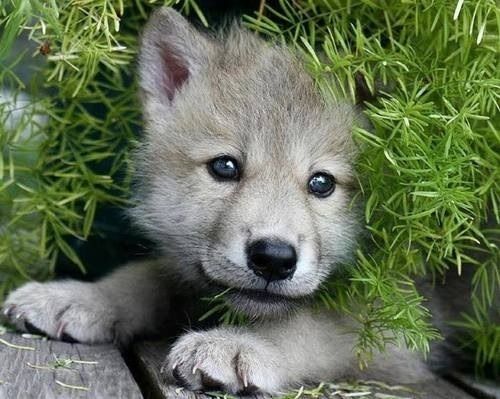

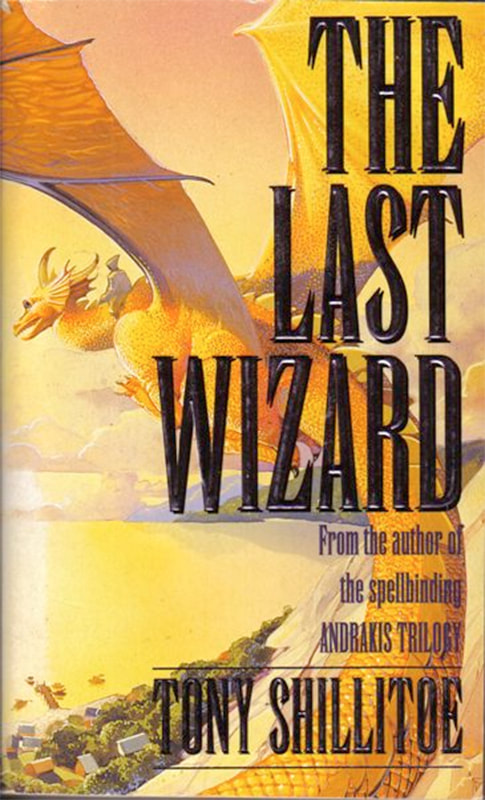
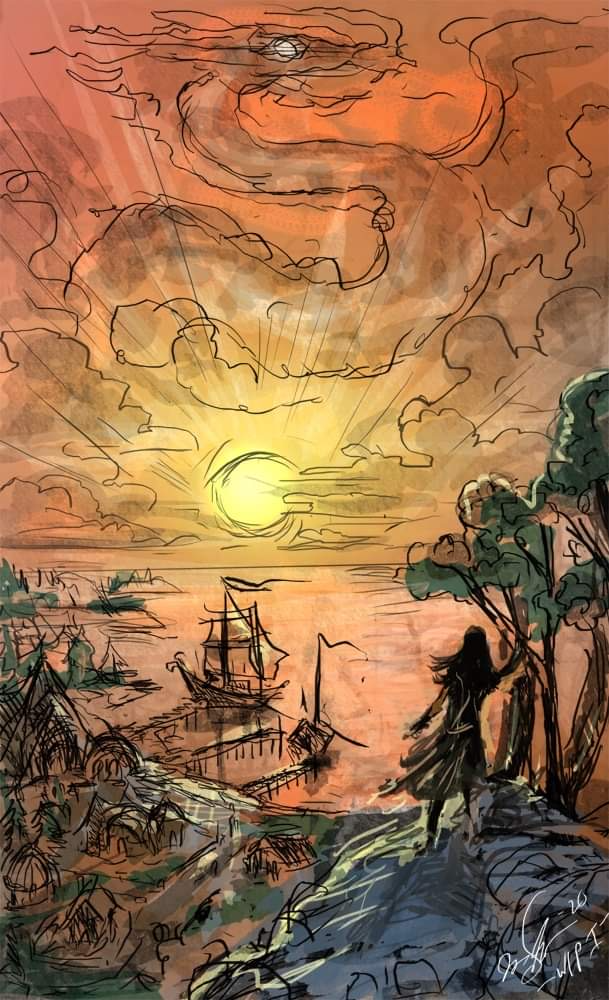
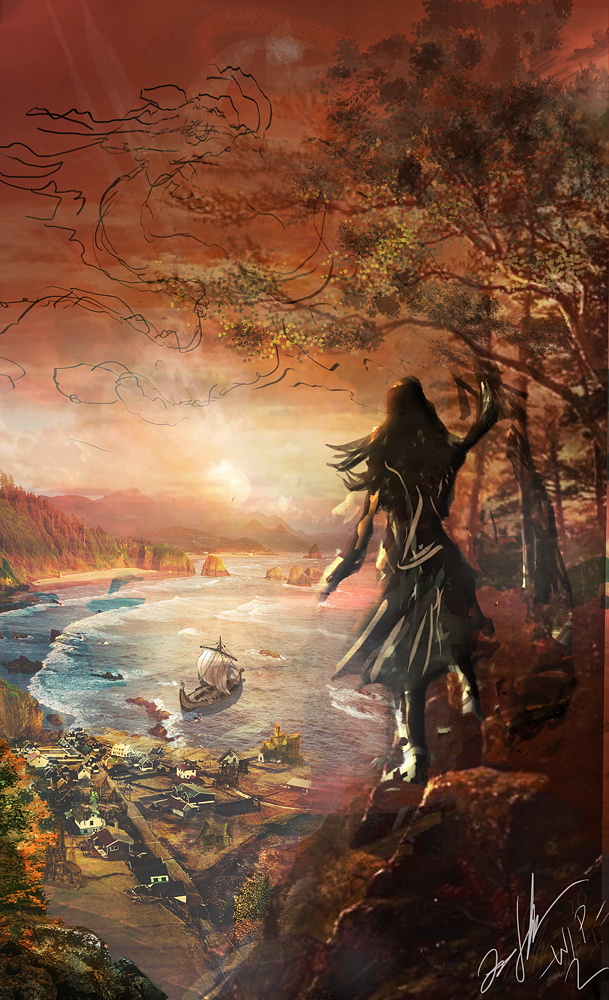

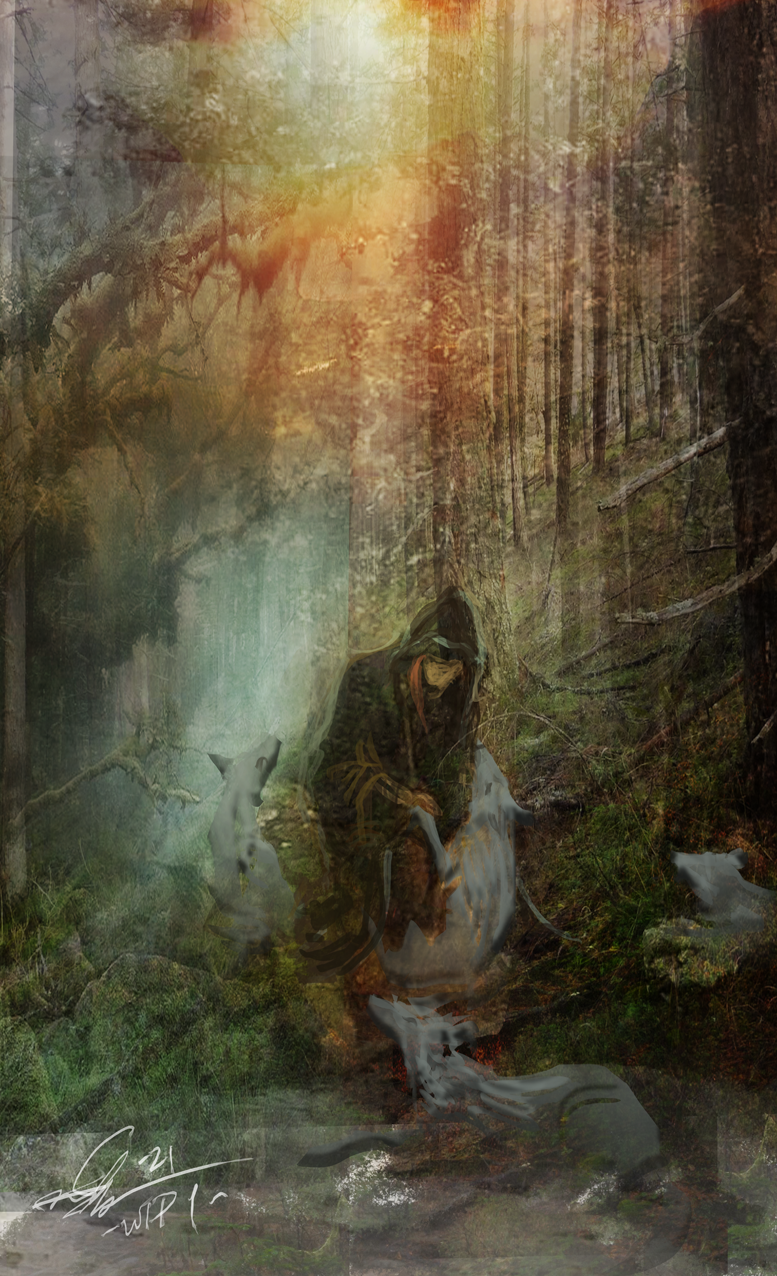
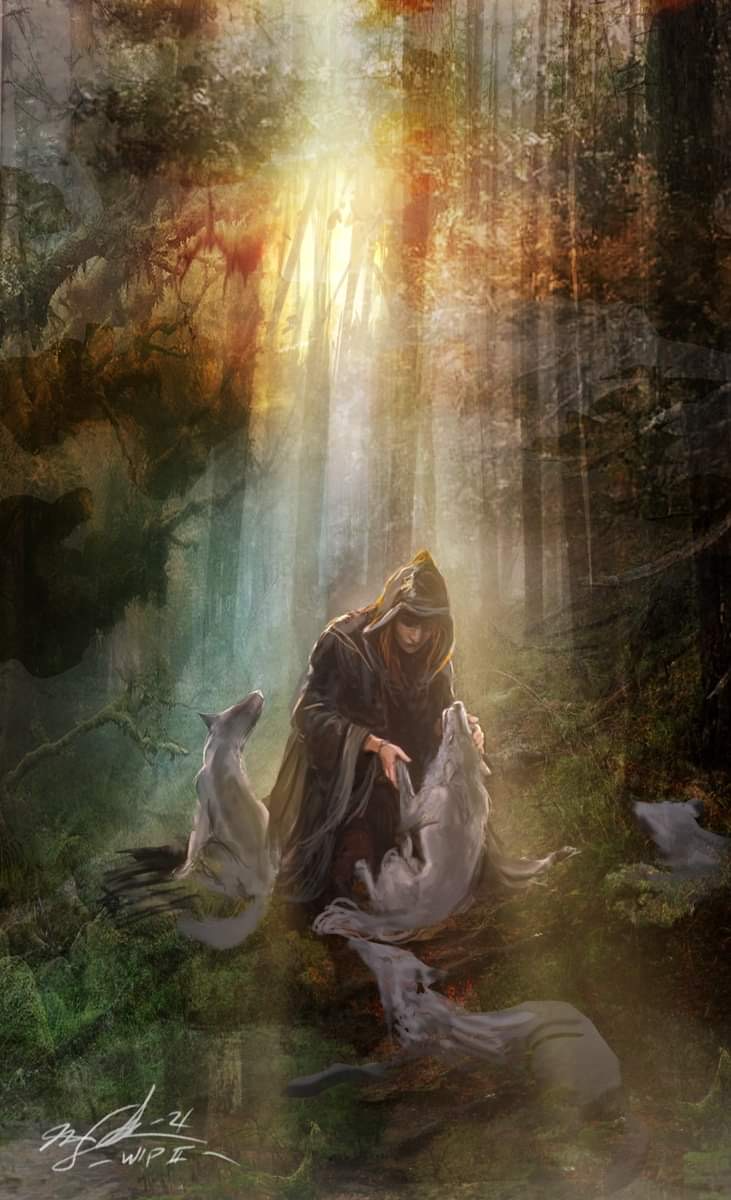
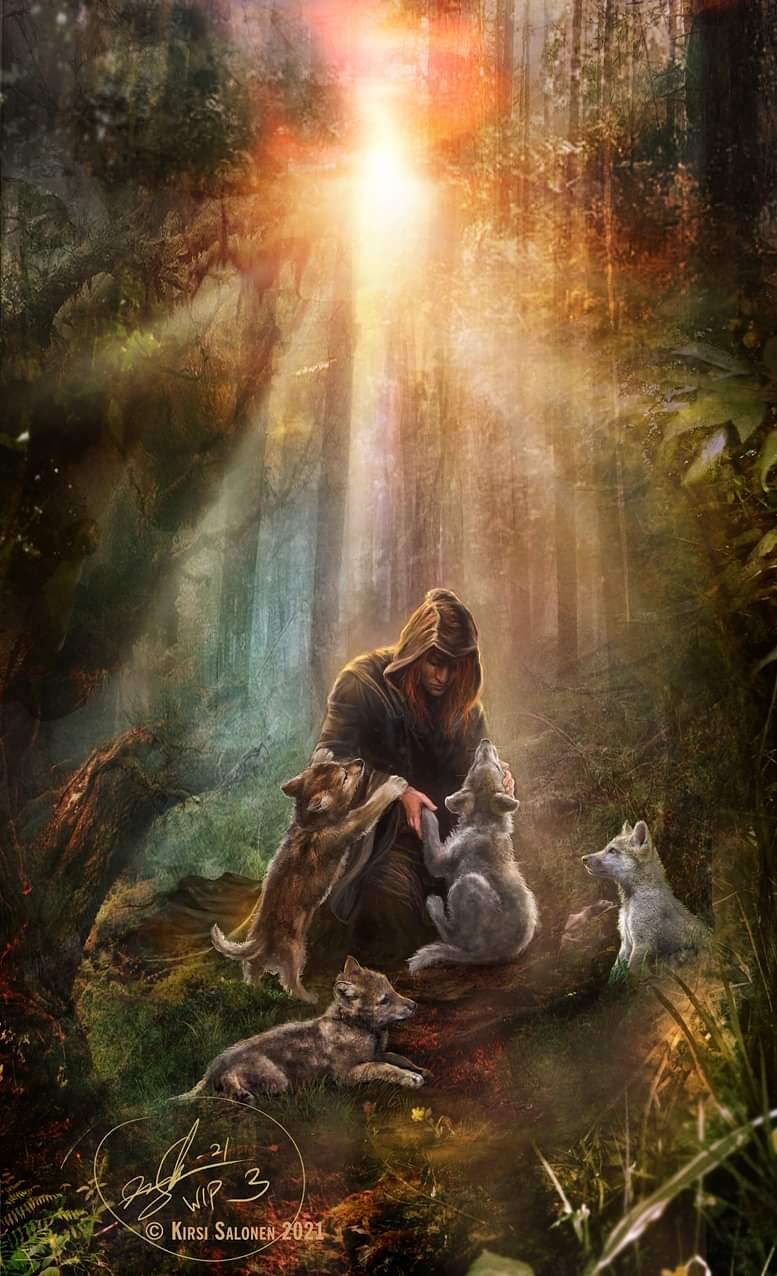
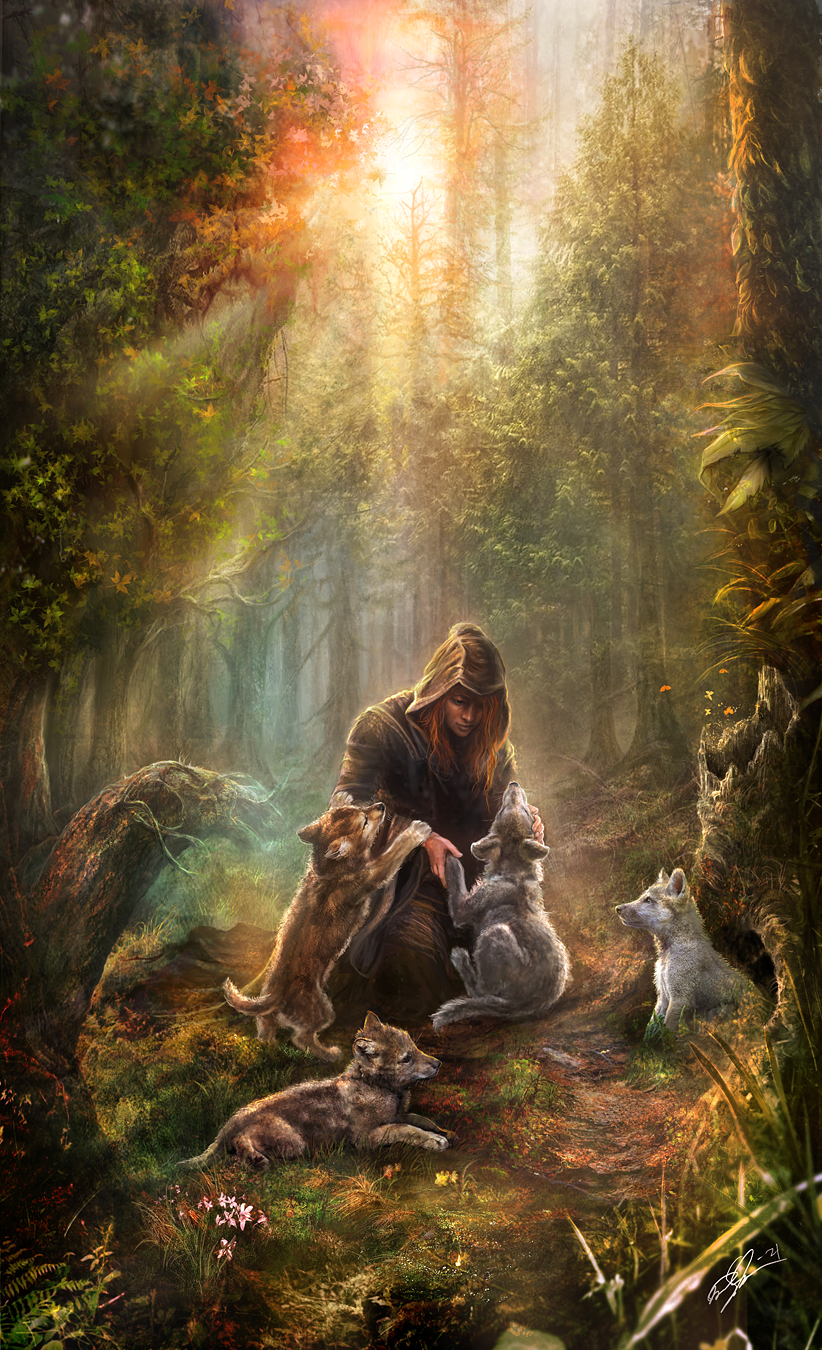
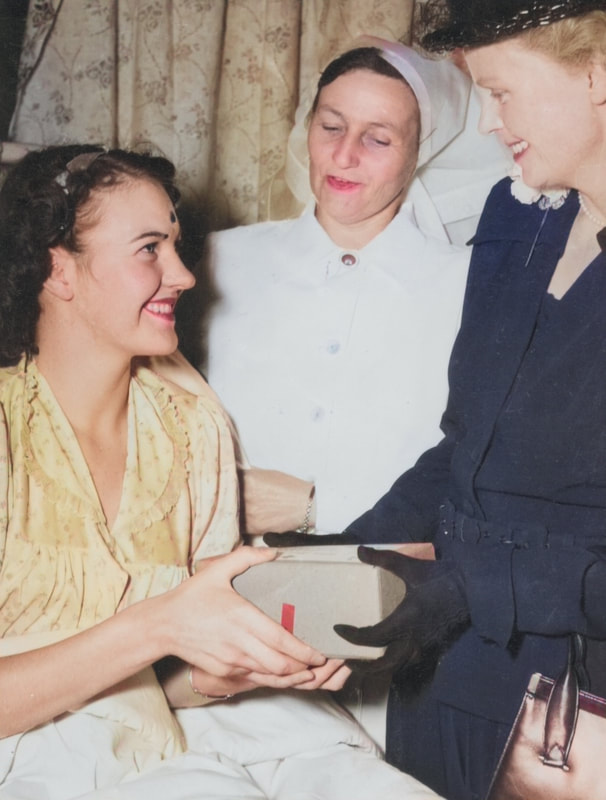
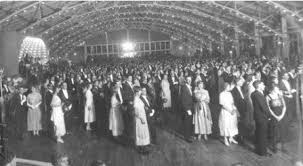
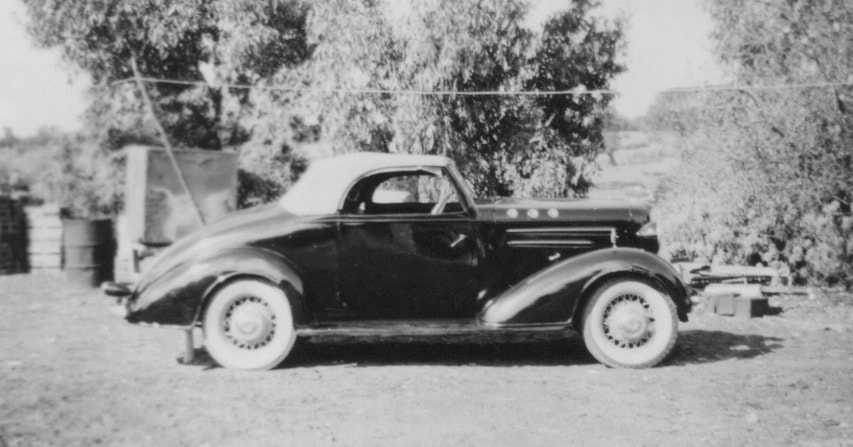
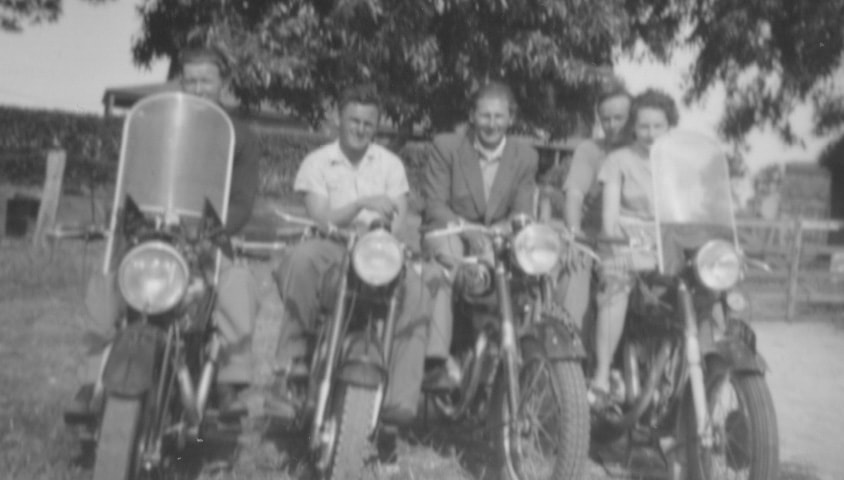
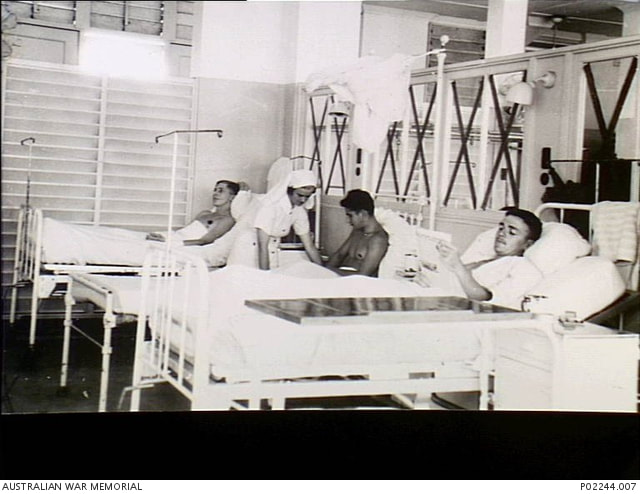
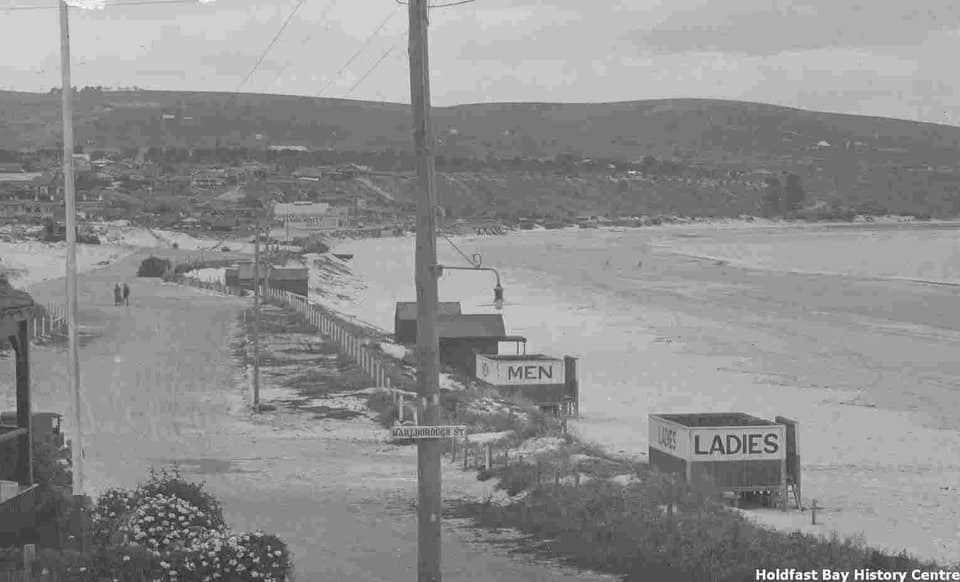





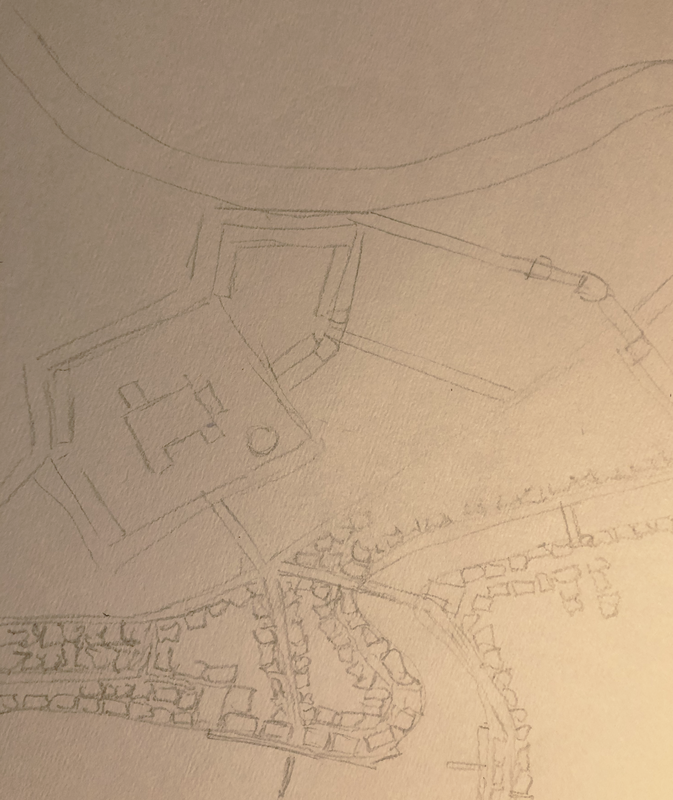
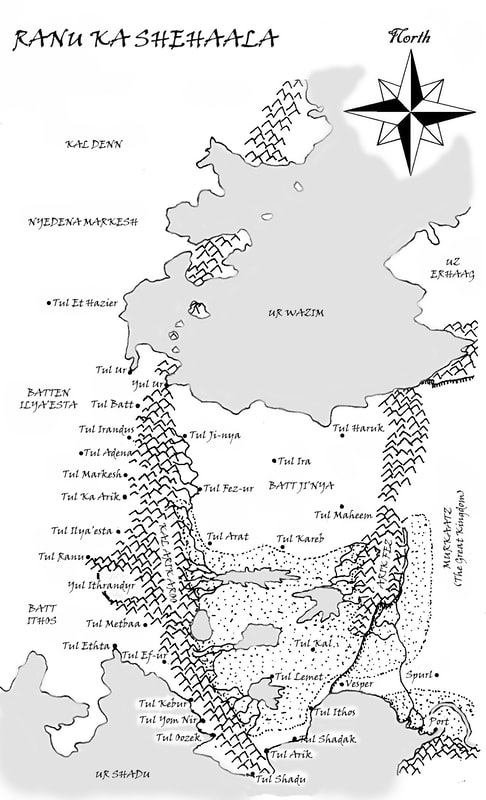
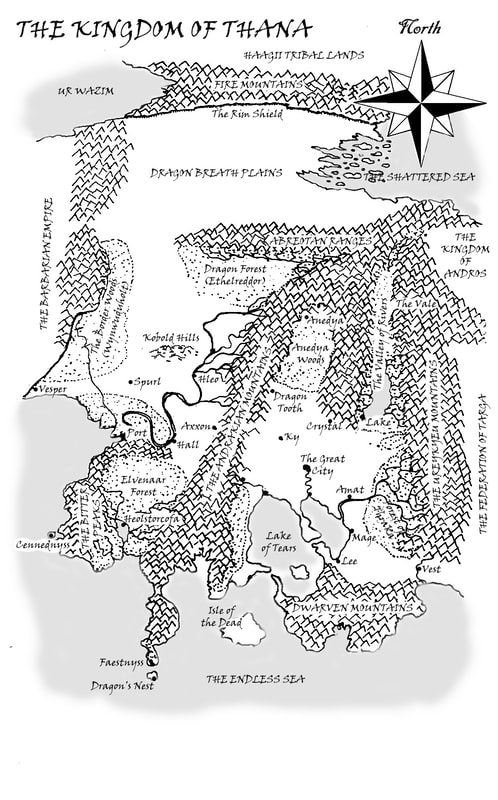
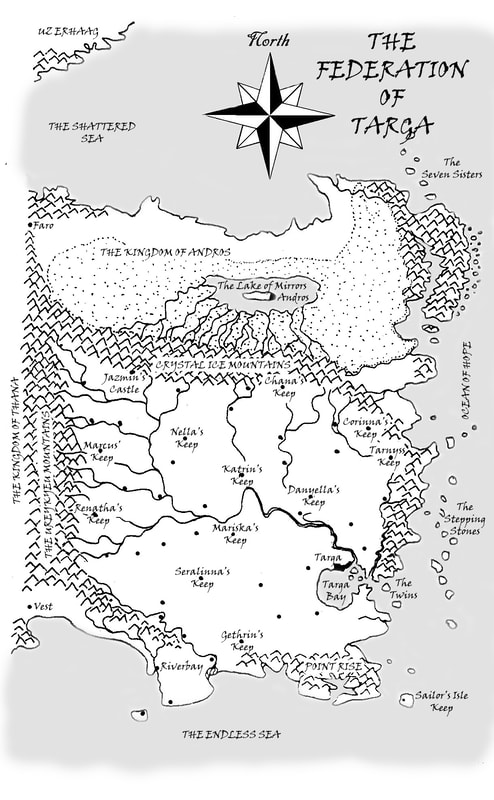
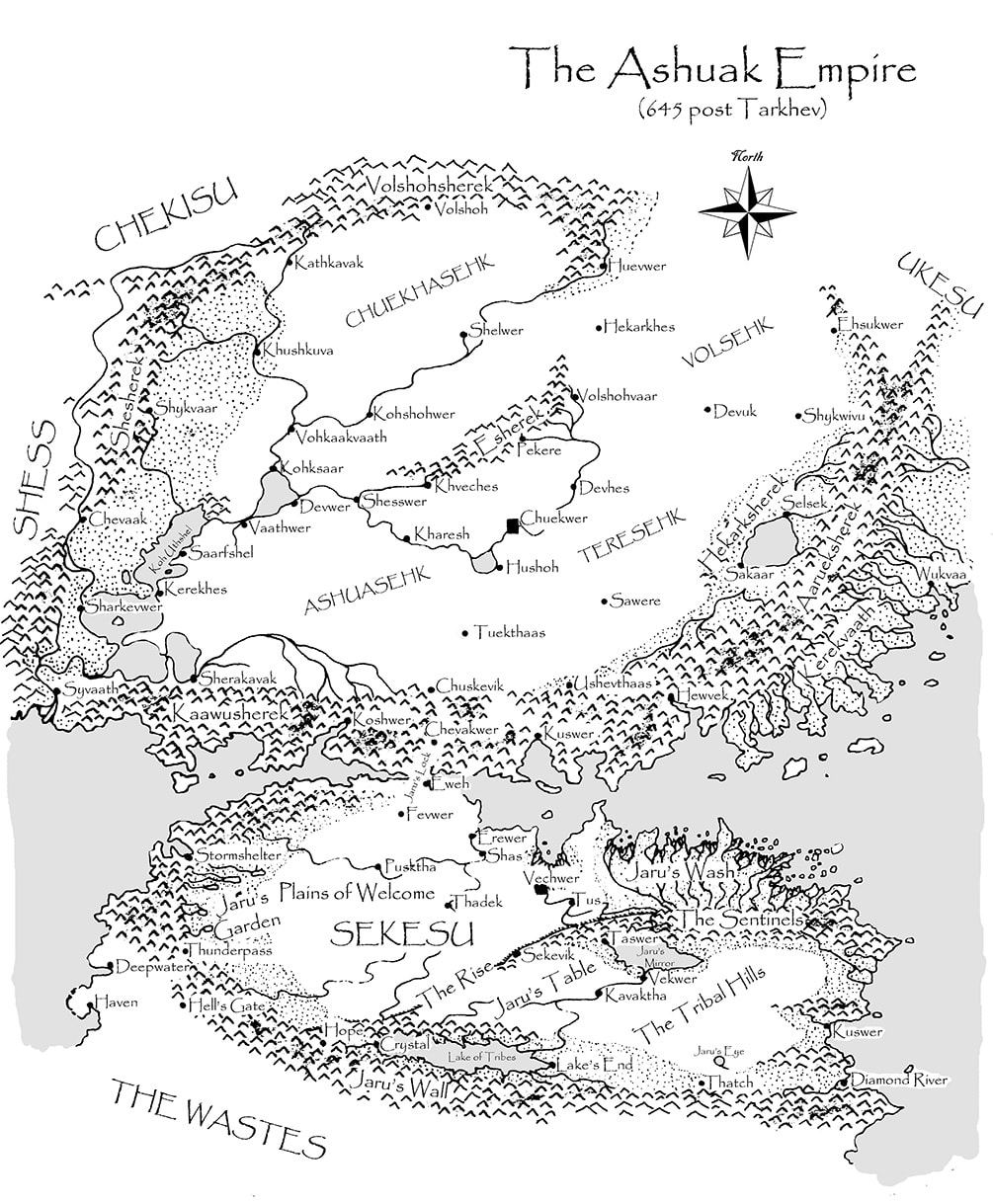
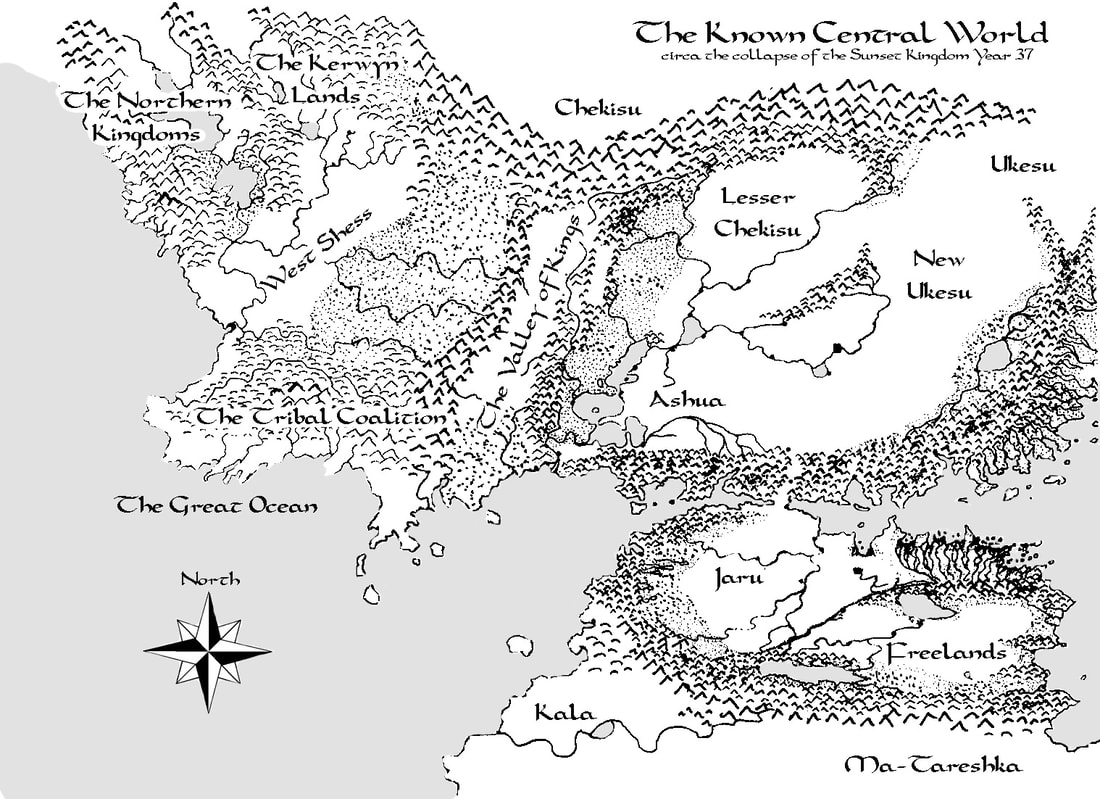
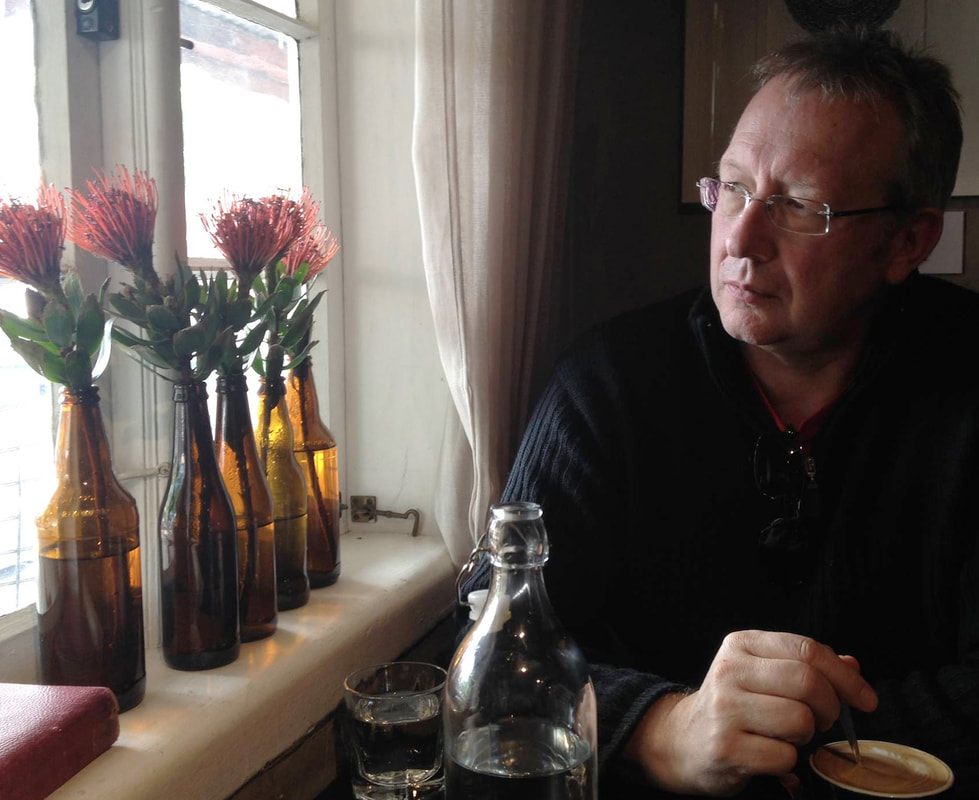
 RSS Feed
RSS Feed